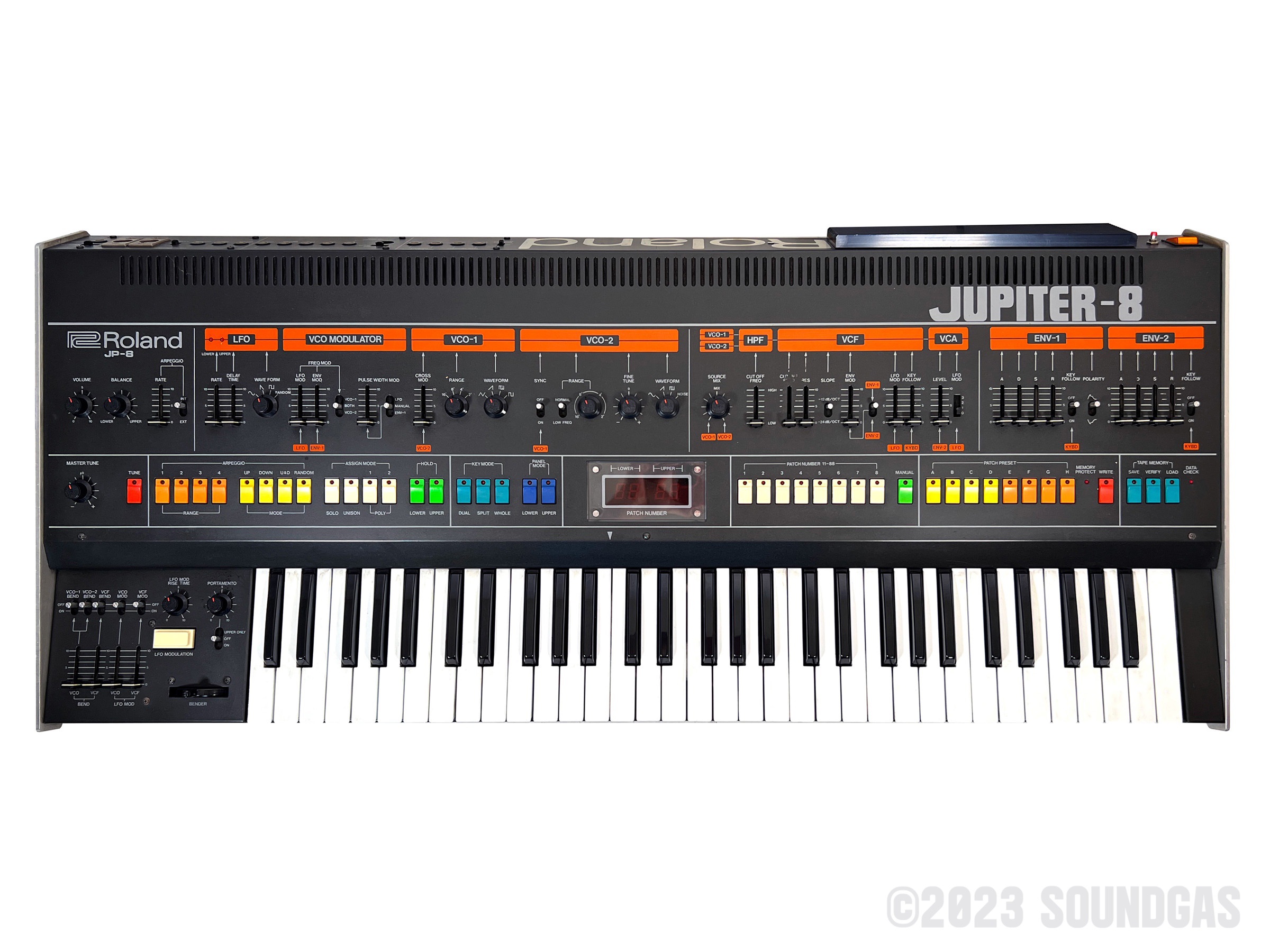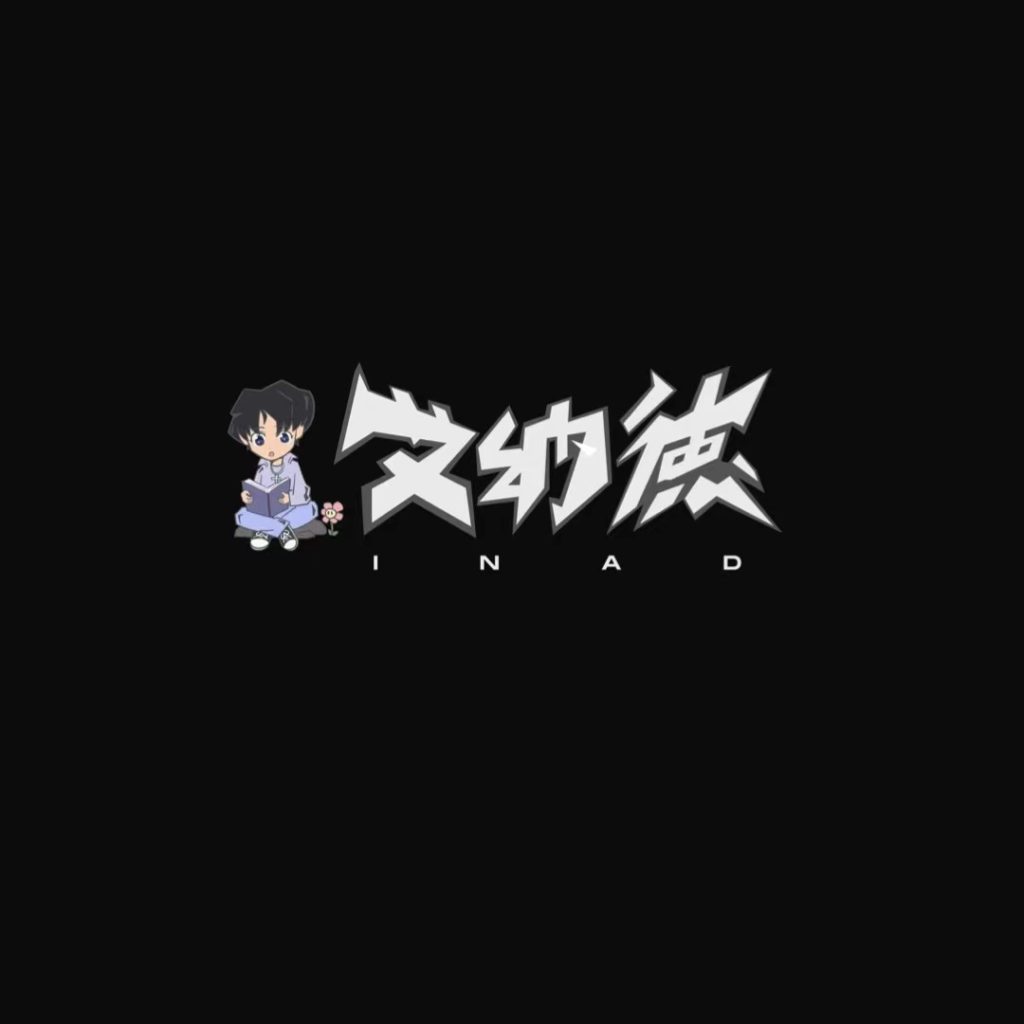Minimoog

The Minimoog synthesizer opened many doors for music as it was widely used in various genres of music, including rock, pop, and electronic music. The Moog synthesizer is a monophonic instrument, meaning it can only produce one note at a time. This made it great for lead sounds and bass sounds, but couldn’t perform chords.
Prophet-5

Sequential Circuits Prophet-5 was introduced into the music industry during 1977, and it is a polyphonic analogue synth that can play 5 notes simultaneously, it is used by Paul McCartney in the song “Wonderful Christmas Time”. This now allows the player to perform / record chords. The synthesisers could now be used for string / pad type sounds in music productions.
Jupiter-8

In addition, during 1981 the Roland Jupiter-8 was introduced which was a polyphonic analogue synth that was amazingly capable of playing 8 notes simultaneously allowing for even bigger scoring of chords, or doubling up voices to create a richer sound.
More About Synthesizers
Digital synthesizers became prominent in the 1980s through synths such as the Yamaha DX7. This used frequency modulation synthesis to create its timbres. The Yamaha DX7, used particularly in pop and electronic music, had 16-note polyphony and was capable of producing a wide range of sounds, including pianos, brass, and percussion.
The instrument was also popular due to its ability to store sounds digitally in it’s internal memory, which eliminated the need for physical modifications of the instrument. Digital synthesisers also didn’t go out of tune (unless programmed to!). The DX7 was also one of the first synthesisers to incorporate MIDI ports. This allowed it to be connected to MIDI sequencers to create complex patterns or edit data.
As digital technology progressed, virtual analogue synthesizers became possible in the early 1990s. These emulated the sound and functionality of an analogue synthesizers, digitally. Virtual analogue synthesizers were capable of producing sounds that were nearly identical to analogue synthesizers but with lower costs, weight and size. They also retained the digital advantages of tuning and saving sounds in memory for fast recall. As computing power developed and the emergence of Cubase VST in 1996, software synthesisers developed that could be used directly within the DAW environment.
These could be of any nature (subtractive synthesis, FM synthesis, additive synthesis, etc.) and even possible incorporate different elements of each synthesis type. Customizable interfaces and virtually unlimited polyphony / stacked voices made the synthesisers extremely versatile and not hindered by the limits of fixed hardware.
Functions, such as LFOs or built-in time-based effects can be synchronised to the project tempo so a millisecond value would not have to be calculated. Multiple instances can also be loaded in to the project without any further outlay of money or studio space. The sound of the synthesiser is also saved within the DAW project file so recall of settings is not required.
